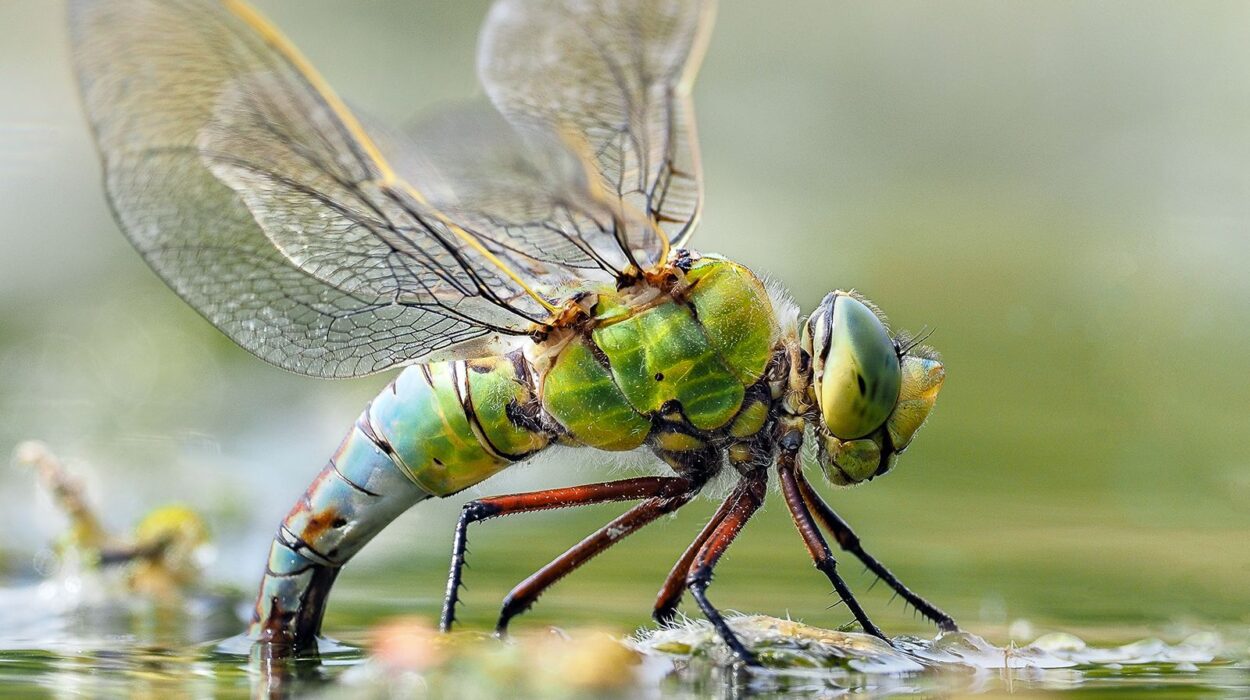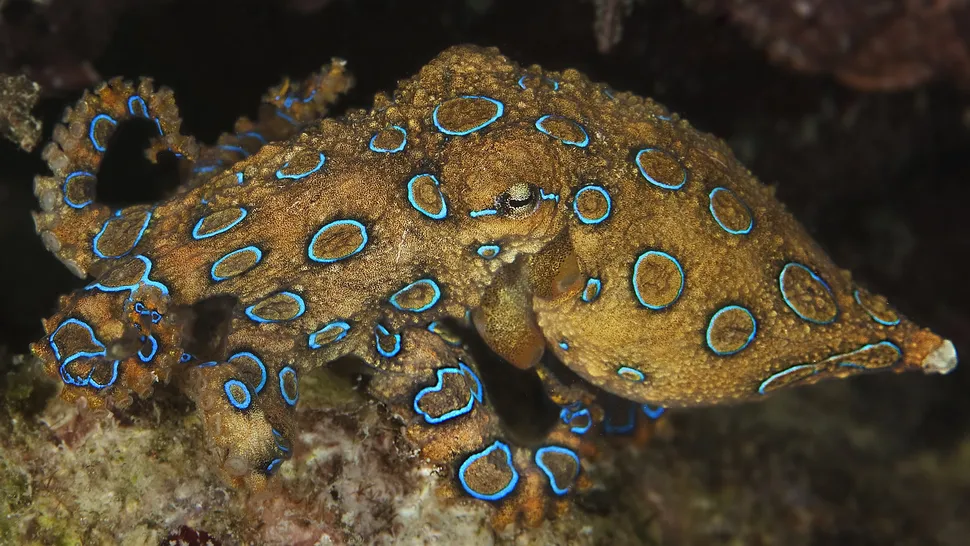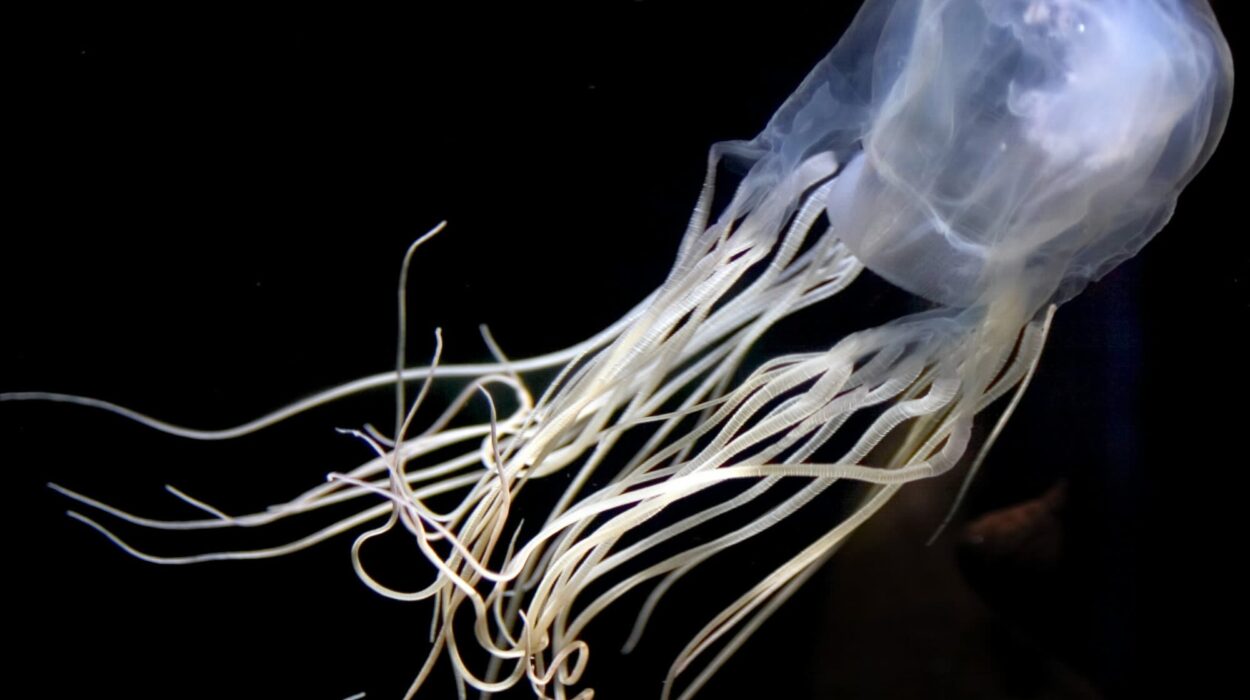High above the earth, where the air thins and the winds rush wild and cold, a hidden drama unfolds every day—a ballet of speed, precision, and power. Birds, nature’s first aviators, command the skies with elegance that humbles even our most advanced machines. They slice through the atmosphere with wings shaped by evolution’s finest art, propelled by instincts older than history itself.
Among them are the masters of motion—the fastest birds in flight. These are the aerial champions that transform the sky into a racetrack, whose very survival depends on the ability to outfly predators, chase prey, or migrate across continents with unstoppable determination.
Speed for these birds is not just a number—it is the heartbeat of life. Every dive, every wingbeat, every blur of feathers is a story of evolution, courage, and breathtaking physics. Let us take a journey through the heavens and meet the ten fastest birds that rule the air, the ones that make speed not just survival—but poetry.
1. Peregrine Falcon – The Speed Demon of the Sky
When it comes to raw speed, no creature on Earth—on land, in water, or in air—can match the Peregrine Falcon. This sleek, slate-gray predator is not only the fastest bird but the fastest animal known to science, capable of reaching diving speeds exceeding 390 kilometers per hour (242 miles per hour).
The Peregrine’s speed comes from its perfect aerodynamic design. Its long, tapered wings and stiff feathers cut through the air like blades, while its compact, muscular body minimizes drag. During its breathtaking hunting dive—known as a “stoop”—the falcon tucks its wings close, transforming into a living missile.
As it plummets toward its prey, it locks eyes on a target far below—usually a pigeon or small duck—and adjusts its trajectory with microsecond precision. At impact, the falcon delivers a strike so powerful that it can stun or kill instantly.
What makes the Peregrine Falcon even more astonishing is its adaptability. Found on every continent except Antarctica, it thrives in deserts, forests, mountains, and even city skyscrapers. Urban falcons hunt pigeons among glass towers, turning human skylines into their hunting grounds.
But beyond its predatory prowess lies grace. Watching a Peregrine dive is to witness the raw beauty of physics and instinct united—a perfect synthesis of nature’s engineering and nature’s hunger.
2. Golden Eagle – The Royal Racer of the Mountains
Majestic, commanding, and powerful—the Golden Eagle reigns over mountains and open plains across the Northern Hemisphere. With wings that can span more than seven feet, this bird is not only one of the largest raptors but also among the fastest, capable of reaching 320 kilometers per hour (200 miles per hour) in a dive.
Unlike the Peregrine, whose speed is about explosive precision, the Golden Eagle’s is about controlled dominance. It uses speed to ambush prey from above—hares, foxes, and even small deer—striking with deadly force.
In level flight, the Golden Eagle can maintain speeds around 65 to 80 kilometers per hour (40–50 miles per hour), but in a stoop, it becomes a thunderbolt, folding its wings and plummeting with unmatched strength.
Its vision is estimated to be eight times sharper than a human’s, allowing it to spot prey from kilometers away. Combined with immense wings and razor-sharp talons, the Golden Eagle is the embodiment of aerial royalty—silent, regal, and merciless.
To see one in flight is to understand why ancient civilizations worshiped it as a symbol of power and divinity.
3. White-Throated Needletail – The Jet of the Bird World
The White-Throated Needletail, often called the “spine-tailed swift,” is a small but astonishing creature that dominates level flight speed. Clocked at 169 kilometers per hour (105 miles per hour), it holds the record for the fastest horizontal flight of any bird.
Unlike falcons that rely on dives, the Needletail achieves this speed through sheer wing power. Its long, curved wings and compact, bullet-shaped body make it perfectly suited for high-speed cruising.
Found across Asia and Australia, this bird spends most of its life in the air—feeding, drinking, and even sleeping while flying. It only lands to breed. Its speed is a matter of endurance, honed over millions of years of aerial living.
The Needletail’s feathers have a subtle metallic sheen that glints in sunlight as it streaks across the sky. It doesn’t hunt with stealth like a falcon—it hunts with endurance, gliding effortlessly through storms, always in motion, always alive.
In the vast sky where wind and light collide, the White-Throated Needletail is not just fast—it’s freedom personified.
4. Gyrfalcon – The Arctic Predator
The Gyrfalcon, the largest falcon species on Earth, is a predator born of ice and silence. Native to the Arctic tundra, it is built for power and endurance, capable of reaching speeds of 209 kilometers per hour (130 miles per hour) during pursuit.
While not quite as fast as the Peregrine in a dive, the Gyrfalcon surpasses it in strength and persistence. It uses speed not to ambush, but to chase—relentlessly pursuing ptarmigans or waterfowl across open skies until its prey tires.
Its plumage, often white or pale gray, provides camouflage against the snow. Every feather is dense, insulating it against the brutal cold while maintaining aerodynamic precision.
The Gyrfalcon’s hunting style is an art of patience and control. It accelerates through powerful wingbeats, reading the wind and terrain like a seasoned pilot. In falconry, it is revered as the “Royal Falcon,” once prized by medieval kings and emperors.
Its speed is not flamboyant—it is disciplined, relentless, and awe-inspiring, a reflection of the unforgiving wilderness it calls home.
5. Frigatebird – The Pirate of the Skies
In tropical oceans where sunlight dances on waves, the Frigatebird rules as a dark silhouette of grace and cunning. With its massive wingspan—up to seven and a half feet—it can soar effortlessly for days, reaching speeds of 153 kilometers per hour (95 miles per hour) in flight.
The Frigatebird’s body is lightweight, its wings long and angular, built for gliding with minimal effort. It can climb thermals and cover vast distances without flapping its wings for hours.
But the Frigatebird’s speed is not just for elegance—it’s for theft. Known as “sky pirates,” they harass other seabirds like boobies or gulls, chasing them down at high speeds until the victim regurgitates its catch. The Frigatebird then snatches the stolen meal midair with unmatched agility.
Despite its pirate reputation, it’s also a devoted flyer—able to remain airborne for weeks at a time. Scientists have discovered that these birds can even sleep while gliding, using half of their brain to stay alert.
The Frigatebird is a reminder that speed in nature can be both beauty and cunning—a dancer’s grace hiding a thief’s precision.
6. Spur-Winged Goose – The Speeding Giant
When people imagine fast birds, they rarely think of geese. Yet the Spur-Winged Goose defies all expectations, reaching level flight speeds of 142 kilometers per hour (88 miles per hour)—faster than many raptors.
Native to Africa, this large and muscular waterfowl combines power with surprising aerodynamics. With its long neck, broad wings, and streamlined body, it cuts through the air with efficiency that rivals smaller birds.
What’s even more fascinating is its unique biology. The Spur-Winged Goose’s diet includes blister beetles that contain cantharidin—a toxic chemical. This makes the bird’s flesh potentially poisonous to predators, a defense mechanism as lethal as its speed.
When flying in formation, their coordination is mesmerizing—a V-shaped symphony of rhythm and power echoing through the African skies. They embody a balance of elegance and might, gliding swiftly across vast wetlands as if born from the wind itself.
7. Grey-Headed Albatross – The Ocean Voyager
The Grey-Headed Albatross is not merely a bird—it is a traveler between worlds. With wings that stretch over two meters long, this species spends most of its life soaring above the roaring seas of the Southern Ocean.
In stormy winds and gales, it can reach speeds of 127 kilometers per hour (79 miles per hour), gliding endlessly over waves without a single wingbeat for hours. Its technique, called “dynamic soaring,” allows it to extract energy from wind gradients near the ocean’s surface, a natural mastery of aerodynamics that human engineers still study.
These birds can circumnavigate the globe in less than 50 days. They navigate using the Earth’s magnetic field, the position of the sun, and even the smell of the ocean itself.
When the Grey-Headed Albatross soars, it seems not to fly but to exist within the wind. Its speed is not violent or forced—it is serene, eternal, and full of wisdom. Watching one glide above the open sea feels like witnessing the soul of flight itself.
8. Red-Breasted Merganser – The Swift Swimmer of the Sky
Known for its punk-like crest and shimmering plumage, the Red-Breasted Merganser is not just a master of water but also one of the fastest flying birds. Clocked at 129 kilometers per hour (80 miles per hour), it holds the record among ducks for flight speed.
These diving ducks have narrow wings and lightweight bodies designed for both flight and underwater pursuit. When they take off, they need a running start across the water’s surface, but once airborne, they become astonishingly fast.
They use speed to migrate across continents and to evade predators. Their flight is low, fast, and direct—powered by rapid wingbeats that blur against the horizon.
The Red-Breasted Merganser reminds us that speed in nature is often born from duality: air and water, grace and power, serenity and urgency. It is a creature balanced between two worlds, excelling in both.
9. Rock Dove (Pigeon) – The Urban Racer
It might surprise many to learn that the humble pigeon—often overlooked, often underestimated—is among the fastest birds in level flight. Racing pigeons have been recorded reaching speeds of 148 kilometers per hour (92 miles per hour) over long distances.
Descended from wild Rock Doves, these birds are marvels of endurance and orientation. They can navigate hundreds of kilometers using the Earth’s magnetic field, sun position, and even their sense of smell.
In competitive pigeon racing, these birds demonstrate speed and stamina that rival even the most advanced machines. Their muscular flight builds from centuries of selective breeding, making them powerful fliers capable of crossing countries in a single day.
Beyond the numbers, pigeons represent the bond between humans and birds—a partnership that began thousands of years ago. They carried our messages across wars and continents, their speed shaping history itself.
10. Eurasian Hobby – The Falcon of Twilight
The Eurasian Hobby is a small, sleek falcon that dances through the air like a shadow at dusk. Though compact, it can reach speeds exceeding 160 kilometers per hour (100 miles per hour) when diving or chasing prey.
This bird’s agility is unmatched. It hunts dragonflies, swifts, and small birds midair, turning and twisting with impossible precision. Its long, narrow wings and deeply forked tail allow it to maneuver at high speed, even during tight aerial battles.
The Hobby is a symbol of elegance and restraint. It doesn’t need to boast immense power or size—its genius lies in balance and control. It can appear suddenly out of nowhere, strike with lightning speed, and vanish back into the evening sky.
In folklore, it was known as the “gentleman’s hawk,” admired by falconers for its beauty and intelligence. Today, it remains a reminder that speed is not just about force—it is also about grace.
The Physics of Flight: Nature’s Engineering Marvel
Speed in flight is not accidental—it is the culmination of physics, biology, and evolution in perfect harmony. Every fast bird shares a set of traits sculpted by natural selection: lightweight but strong skeletons, powerful chest muscles for wing movement, and feathers engineered for aerodynamics.
Lift, thrust, drag, and gravity—the four forces of flight—govern every motion. Birds that master speed manipulate these forces with instinctive precision. The shape of a wing, known as an airfoil, allows air to move faster over the top surface, creating lift. Narrow, pointed wings reduce drag, allowing greater acceleration.
But what sets the fastest birds apart is their energy management. Birds like falcons convert gravitational potential into kinetic energy during dives, reaching speeds that seem almost impossible. Swifts and needletails, on the other hand, harness sustained muscular power and air currents for high-speed endurance.
In essence, every flight is an equation written in air—a dance between physics and will.
Speed and Survival
For birds, speed is life. It’s how they hunt, escape, migrate, and court. A fast falcon means a successful predator; a swift seabird means survival across the vast oceans.
Even their hearts are adapted for it—beating up to 1,000 times per minute during flight. Their lungs extract oxygen with astonishing efficiency, allowing for high metabolism and endurance.
In the struggle for existence, speed is both weapon and shield. Every split-second movement, every heartbeat, decides the balance between life and death.
The Poetry of Motion
There’s something profoundly emotional about watching a bird slice through the air at impossible speeds. It reminds us of freedom—of the human dream to defy gravity, to soar beyond limits.
When a Peregrine Falcon dives, or a Needletail races the wind, we glimpse the perfection of evolution’s design and the poetry of survival. Speed becomes more than motion—it becomes meaning.
In their flight, we see our own longing for transcendence. We build machines to imitate what birds do naturally, yet their effortless grace still humbles us. They remind us that in nature, power is never separate from beauty.
The Final Flight
The fastest birds are not just marvels of the sky—they are symbols of life’s relentless pursuit of excellence. Each wingbeat is a testament to adaptation, intelligence, and spirit.
From the Peregrine Falcon’s death-defying stoop to the Albatross’s endless glide over oceans, they embody the eternal truth that life is motion, and motion is art.
They do not race for glory, nor for applause—they fly because they must. Because somewhere, deep in the sky’s infinite blue, the wind whispers to them the oldest invitation in nature: Fly faster. Fly higher. Become the wind itself.






